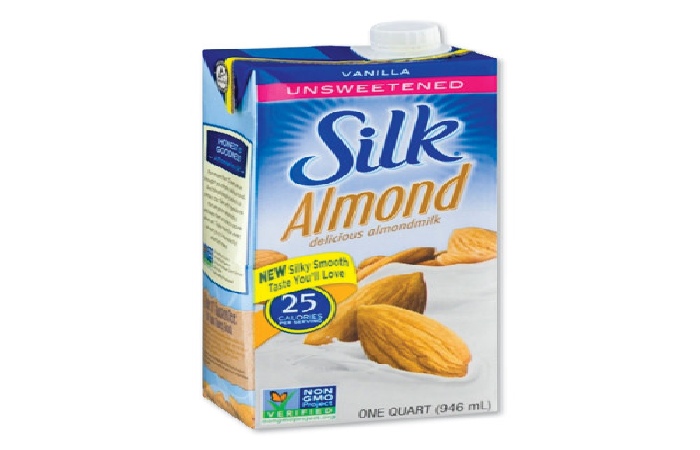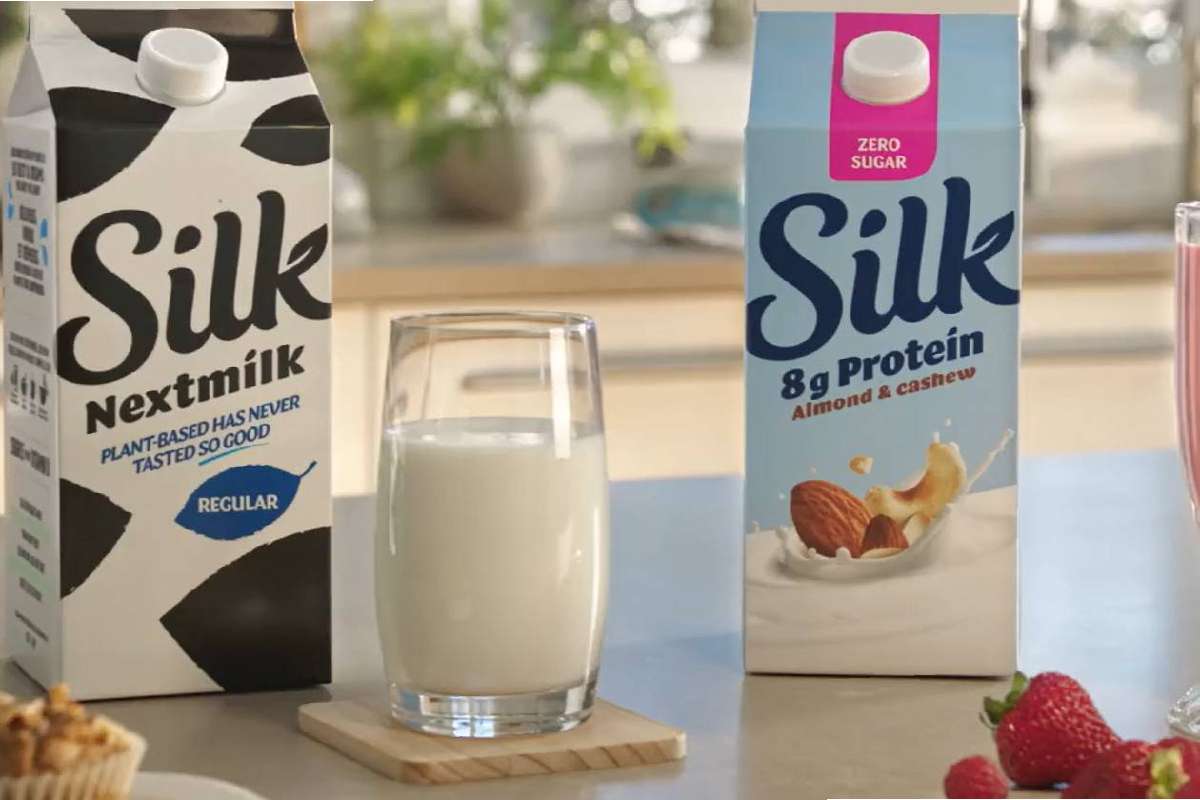Table of Contents
Introduction
In recent years, plant-based diets have surged in popularity, and with them, a wave of dairy alternatives has flooded the market. Among these, Silk Almond Milk has emerged as a leading favorite—not just for vegans but also for health-conscious individuals, lactose-intolerant consumers, and culinary creatives alike. But what makes Silk Almond Milk stand out in such a crowded field? Let’s pour into its story, benefits, and why it’s become a staple in fridges across the globe.
A Brief History of Silk
Silk began its journey in 1977, initially known for its soy milk products. As dietary preferences evolved and demand for dairy-free options expanded, Silk broadened its range to include almond, coconut, oat, and cashew milk. Today, Silk Almond Milk is one of the brand’s flagship offerings, available in various flavors and styles—from unsweetened to vanilla and even chocolate.
What’s in Silk Almond Milk?

Silk Almond Milk is made from real almonds blended with filtered water. The brand is known for its clean ingredient lists, and most varieties are free from:
- Dairy
- Gluten
- Cholesterol
- Artificial colors or flavors
- Carrageenan (a common additive in some non-dairy milks)
In addition, Silk fortifies its almond milk with essential nutrients, including:
- Calcium (often more than dairy milk)
- Vitamin D
- Vitamin E
- Vitamin B12
- Riboflavin (B2)
These added nutrients make it an excellent choice for those who follow a plant-based or vegetarian diet.
Health Benefits
Silk Almond Milk offers several health advantages:
- Low in Calories: Unsweetened versions contain as little as 30–40 calories per cup, making them ideal for weight-conscious individuals.
- Heart-Healthy: With zero cholesterol and low saturated fat, it’s a heart-friendly choice.
- Lactose-Free: Perfect for those who are lactose intolerant or have dairy allergies.
- Rich in Vitamin E: Almonds are naturally high in this antioxidant, which supports skin health and may help protect cells from oxidative damage.
How to Use It
Silk Almond Milk’s light texture and subtly nutty flavor make it versatile. Here are some popular uses:
- In Coffee: Barista blends to create smooth, frothy lattes.
- In Smoothies: A creamy base without the dairy heaviness.
- In Baking: Substitute 1:1 for dairy milk in most recipes.
- Over Cereal: A refreshing way to start the day.
- In Cooking: Great in soups, sauces, or vegan mac ‘n’ cheese.
Sustainability and Ethics
Silk is vocal about its commitment to sustainability. The company partners with the Water Restoration Certificate Program to offset the water used in its almond milk production by restoring it to critically dewatered rivers and streams. Additionally, all almonds used are sourced from responsibly managed orchards in California.
Silk also carries Non-GMO Project Verified certifications and often uses packaging made from recyclable or renewable materials.
Product Varieties
Silk Almond Milk comes in several varieties tailored to different tastes and dietary needs:
- Original: Slightly sweet, classic taste.
- Unsweetened: No sugar, pure almond goodness.
- Vanilla: A flavorful twist, perfect for baking or desserts.
- Chocolate: A decadent treat with fewer calories than dairy chocolate milk.
- Protein+Fiber Blend: Boosted with pea protein and chicory root fiber for added nutrition.
Final Thoughts
Silk Almond Milk isn’t just a trend—it reflects how consumers redefine health, sustainability, and conscious eating. Whether making a latte, blending a smoothie, or just sipping it straight from the glass, Silk offers a modern, nutrient-rich alternative that aligns with many lifestyles and values.

